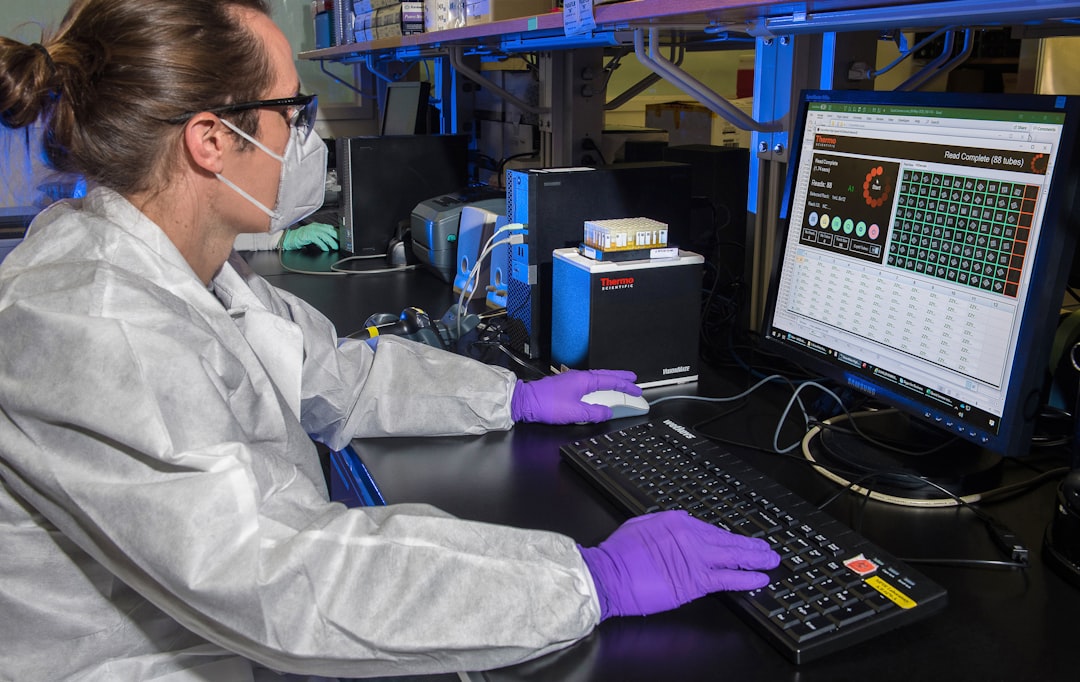What is it about?
We evaluate iron stores of Brazilian donors after 2-RBC to determine whether the minimal interval of four months between two 2-RBC donations for male donors is enough for hematological recovery or whether additional donor selection criteria should be added before donation.
Featured Image
Why is it important?
The requirements for 2-RBC are more stringent than for blood donation due to higher red blood cell loss. The main risk of this procedure is its impact on iron stores, especially in donors who are going to donate double red cells frequently.
Perspectives
We conclude that 2-RBC donation by apheresis is a safe procedure with low incidence of immediate adverse effects. However, the minimal interval of four months was not sufficient for iron stores recuperation. Blood centers should consider additional donor selection criteria associated to increasing minimal interval for 2-RBC blood donation and measurement of baseline ferritin level values for those who want to donate frequently. After this publication Brazilian policies to 2-RBC donation changed to more stringent criteria.
Dr Cesar de Almeida-Neto
Faculty of Medicine, University of São Paulo
Read the Original
This page is a summary of: Impact of allogeneic 2-RBC apheresis on iron stores of Brazilian blood donors, Transfusion and Apheresis Science, August 2009, Elsevier,
DOI: 10.1016/j.transci.2009.05.002.
You can read the full text:
Contributors
The following have contributed to this page










